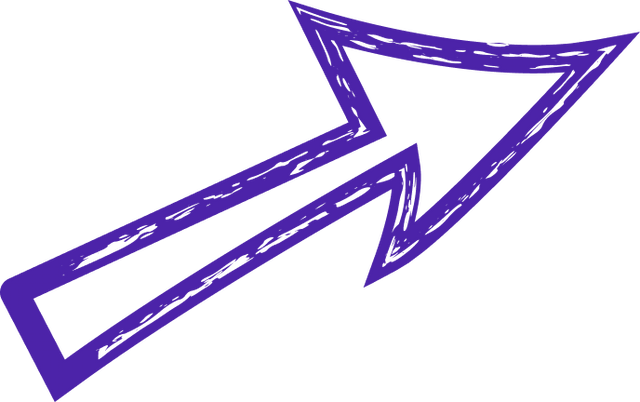
what is visual programming languages
Visual Programming Languages
In a VPL, users typically work with drag-and-drop interfaces, where they can select pre-defined blocks or icons representing specific programming functionalities. These blocks are then visually connected to create a flowchart-like structure, illustrating the program's flow and logic. Each block represents a specific action or operation, such as input/output, arithmetic calculations, loops, conditionals, or function calls.
One of the primary advantages of VPLs is their simplicity and accessibility, allowing individuals from various backgrounds, including non-programmers, to engage in software development. By eliminating the need to write complex lines of code, VPLs lower the learning curve and empower users to quickly prototype and develop functional programs. This ease of use makes VPLs an excellent choice for educational purposes, as they enable students to grasp fundamental programming concepts without getting overwhelmed by syntax and intricate details.
Furthermore, VPLs promote visual thinking and enhance the overall understanding of program structure. The graphical representation of code allows users to visualize the program's execution path, making it easier to identify errors and debug the software. This visual feedback facilitates the development process, as programmers can easily identify and rectify issues by examining the flowchart-like structure of the program.
VPLs also foster collaboration among team members, regardless of their technical expertise. Since the visual representation is more intuitive and less error-prone than traditional coding, team members can easily communicate and share ideas, leading to more efficient software development cycles. Additionally, VPLs often include features for version control and collaboration, enabling multiple users to work on the same project simultaneously.
While VPLs offer numerous advantages, they do have some limitations. Complex programming tasks may require more advanced features and flexibility than what VPLs can provide. Additionally, VPLs may have limitations in terms of performance, as the graphical representation may introduce additional overhead compared to traditional coding. Consequently, VPLs are often used for prototyping, educational purposes, or developing simpler applications rather than complex, performance-critical systems.
In conclusion, Visual Programming Languages revolutionize the way individuals approach software development by providing a visual and intuitive way to create computer programs. With their simplicity, accessibility, and enhanced collaboration capabilities, VPLs empower a broader audience to engage in programming, making software development more inclusive and efficient. Whether used for educational purposes or prototyping, VPLs play a crucial role in shaping the future of software development.
Let’s build your next digital product — faster, safer, smarter.
Book a free consultationWork with a team trusted by top-tier companies.








